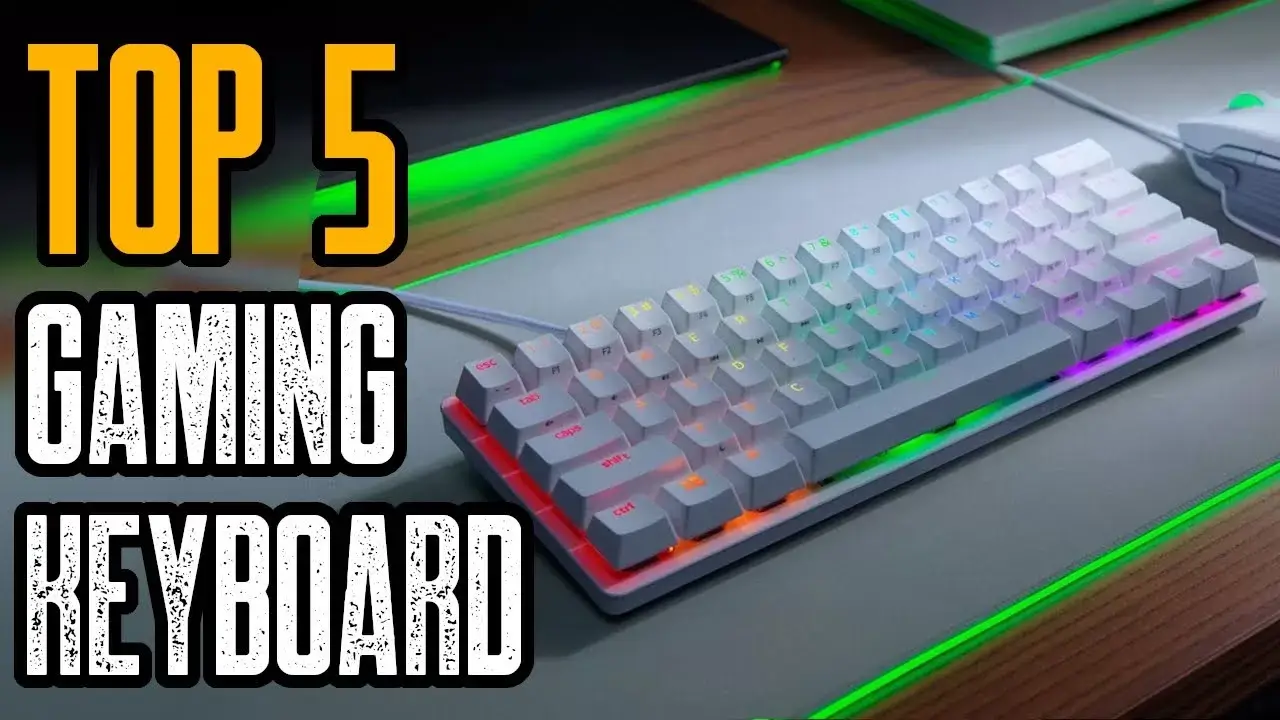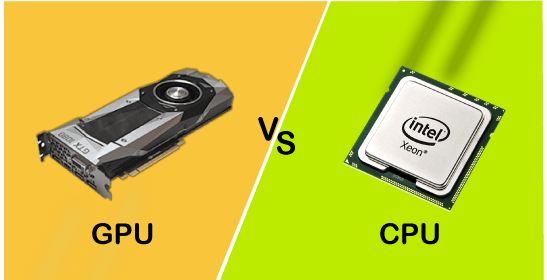CPUs and GPUs are two of the most common types of processors in modern computing systems. While they may seem similar, they have distinct differences in terms of their architecture, design, and purpose. Understanding the differences between CPUs and GPUs is important for optimizing system performance and choosing the right processor for specific computing tasks. In this article, we will explore the key differences between CPUs and GPUs, including their architecture, function, and use cases.
Differences between CPU and GPU
CPU stands for Central Processing Unit and GPU stands for Graphics Processing Unit. Here are some key differences between CPU and GPU:
- Purpose: CPUs are designed for general-purpose computing tasks, while GPUs are designed for graphics rendering and parallel processing.
- Architecture: CPUs have fewer cores and are optimized for serial processing, while GPUs have many more cores and are optimized for parallel processing.
- Clock Speed: CPUs have higher clock speeds than GPUs, but GPUs have more cores to compensate.
- Memory: CPUs have a small amount of cache memory, while GPUs have much larger amounts of high-speed memory designed for video processing.
- Power Consumption: CPUs consume less power than GPUs due to having fewer cores.
- Heat Generation: CPUs generate less heat than GPUs due to having fewer cores.
- Cost: CPUs are generally more expensive than GPUs.
- Optimization: CPU tasks are optimized for single-threaded operations, while GPU tasks are optimized for parallel processing.
- Performance: GPUs are typically faster than CPUs at performing parallel tasks.
- Floating-Point Performance: GPUs are optimized for high-speed floating-point operations, while CPUs are not.
- Programming: Programming for CPUs is done using general-purpose languages like C++, while programming for GPUs requires specialized languages like CUDA or OpenCL.
- Video Processing: GPUs are designed for high-speed video encoding and decoding, while CPUs are not.
- Machine Learning: GPUs are widely used for machine learning tasks due to their ability to handle large amounts of parallel data processing.
- Gaming: GPUs are crucial for modern gaming due to their ability to handle complex graphics rendering tasks.
- Virtualization: CPUs are typically used for virtualization tasks, while GPUs are not as they are not optimized for this type of processing.
Difference Between CPU and GPU as Fast As Possible:
In conclusion, CPUs and GPUs are two types of processors with distinct characteristics and purposes. CPUs are optimized for general-purpose computing tasks, while GPUs are designed for graphics rendering and parallel processing. While CPUs have fewer cores, higher clock speeds, and consume less power, GPUs have more cores, larger amounts of high-speed memory, and are optimized for parallel processing. While CPUs are more expensive, they are optimized for single-threaded operations and are used for virtualization tasks. In contrast, GPUs are widely used for machine learning and gaming due to their ability to handle complex graphics rendering and parallel data processing.
Overall, understanding the differences between CPUs and GPUs is important for optimizing system performance and choosing the right processor for specific computing tasks.





























